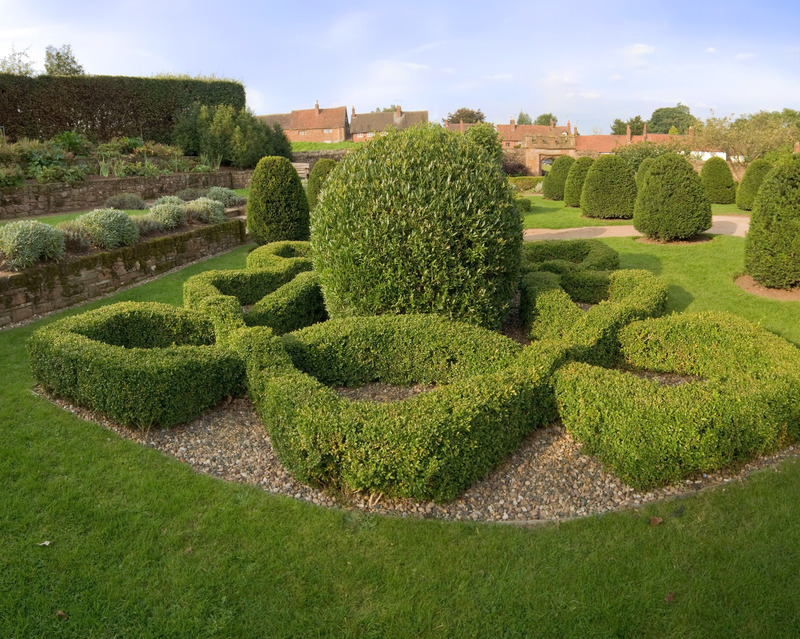Harness the Power of Evergreen Climbers for Shady Spots
Posted on 23/05/2025
Introduction to Evergreen Climbers for Shady Spots
If you have a garden space that's often cloaked in shade, you might be wondering how to bring greenery and life to these areas. The answer lies in harnessing the power of evergreen climbers. These versatile plants not only thrive in lower light conditions but also maintain their verdant beauty throughout the year. Whether you're looking for plants that will climb walls, cover unattractive fences, or provide lushness in your garden, evergreen climbers can be the perfect solution.

Why Choose Evergreen Climbers?
Gardens with significant shady areas pose unique challenges. However, evergreen climbing plants are excellent choices given their unique attributes:
- Year-Round Greenery: These plants retain their leaves all year, ensuring continuous coverage and color.
- Low Maintenance: Once established, many evergreen climbers require minimal upkeep, making them ideal for busy gardeners.
- Adaptability: Many of these climbers can adapt to diverse environmental conditions, including varying degrees of light.
Popular Evergreen Climbers Suitable for Shade
When considering plants that can thrive in shade, it's important to select those that suit your specific environment and aesthetic preferences. Here are some popular evergreen climbers designed for shady spots:
1. Hedera helix (English Ivy)
The English Ivy is infamous for its ability to cover walls and ground rapidly. It flourishes in shady areas and provides a lush, green accent with its small lobed leaves. It's an excellent choice if you want a low-maintenance plant as English Ivy requires minimal care once it's established.
- Light: Prefers partial to full shade.
- Watering: Moderate, with occasional dry spells.
- Bonus: Acts as an excellent air purifier!
2. Lonicera japonica (Japanese Honeysuckle)
This fast-growing evergreen perennial climber is known for its sweetly scented flowers during spring to early summer. Japanese Honeysuckle tolerates shady conditions and can add fragrance and beauty to any garden or balcony setting.
- Light: Thrives in partial to full shade.
- Watering: Requires regular moisture.
- Remark: Its flowers attract pollinators like bees and butterflies.
3. Trachelospermum jasminoides (Star Jasmine)
Known for its fragrant, star-shaped white flowers, Star Jasmine is an evergreen climber that does remarkably well in shady conditions. With glossy leaves that turn a bronze color in the winter, it also adds visual interest throughout the seasons.
- Light: Partial shade is ideal, although it tolerates full shade.
- Watering: Water regularly during the growing season.
- Feature: Perfect for training over trellises or arbors.
4. Hydrangea petiolaris (Climbing Hydrangea)
A standout plant for shaded garden spots, the Climbing Hydrangea is celebrated for its broad, heart-shaped leaves and lacy flower clusters. These climbers use aerial roots to adhere to surfaces, making them ideal for outdoor wall coverings.
- Light: Thrives in shaded to part-sun environments.
- Watering: Prefers constantly moist soil.
- Note: Can tolerate colder climates.
Practical Tips for Maximizing the Benefits of Evergreen Climbers
Getting the most out of your evergreen climbing plants requires some strategic planning and care. Here are several practical recommendations to ensure their success in shaded spaces:
Understand Your Garden's Shady Areas
Before planting, pay close attention to the amount and time of shade in your garden. Is it full shade, where direct sunlight never reaches? Or is it partial, with dappled sunlight filtering through? Knowing this will help you select the appropriate shade-loving climbers.
Proper Soil Preparation
Healthy, well-draining soil is essential for any plant. Even if your shady spots aren't particularly sunny, ensure the soil is rich in organic matter to retain just the right amount of moisture without becoming waterlogged.
Implement Effective Support Structures
A trellis, pergola, or wall is great for guiding your evergreen climbers as they grow. Providing such support keeps the plants healthy and ensures they spread beautifully, covering the intended area adequately.
Regular Pruning
Although many evergreen climbers are low maintenance, they benefit from occasional pruning. This encourages new growth, keeps the plant manageable, and helps maintain its shape.

The Environmental and Aesthetic Benefits
While evergreen climbers bring invaluable beautification to your garden, they also offer various environmental benefits:
- Air Filtering: These plants significantly enhance air quality by filtering pollutants.
- Temperature Regulation: Climbers act as natural insulators, keeping your home and garden cool in the summer and warmer in the winter.
- Biodiversity Support: They provide habitats for various insects and small wildlife, enriching the local ecosystem.
Conclusion
Harnessing the power of evergreen climbers for shady spots not only transforms those dull and often overlooked areas into lush, thriving parts of your garden but also adds value to the environment and your home aesthetically. By choosing the right plants and providing them with the care they need, you will enjoy a beautiful, green oasis all year long.
Investing time in understanding and cultivating these versatile plants can significantly enrich your gardening experience. Embrace the shade with evergreen climbing plants, and let them spread their persistent charm around your home and garden.



